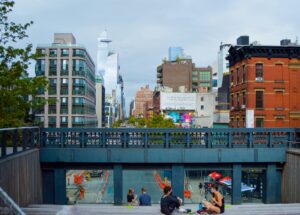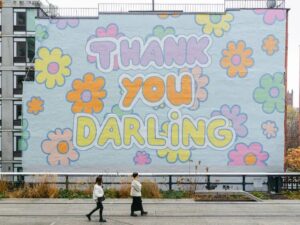Ken Livingstone and Boris Johnson, London’s two elected mayors, may have their differences but both have pursued a strongly market-driven, growth-centric agenda in the capital.
Boris’ second term in particular has featured a number of huge urban redevelopment schemes, including Nine Elms, Brent Cross, E20 (around the Olympic Park) and, most recently, the Earls Court Masterplan.
Common to all these schemes is an almost total reliance on the private sector to deliver the actual development. In most cases, the vision for a project is also largely a product of the private developer; a situation shared by high profile projects in other cities around the UK, such as New Islington in Manchester, Brindleyplace in Birmingham, or Liverpool One.
This quintessentially neoliberal approach begs the question of whether the public goods delivered by these schemes are as “good” or as “public” as we would like.
Many urban designers criticise the privileged position the market has been given in policy and practice. They are particularly animated about the idea that the public spaces of the city are becoming increasingly commercial and well-secured. That they are being shaped by the narrow interests of the few at the expense of the many. Too often, they say, urban redevelopment is a case of developers versus society.
Public spaces, public goods
But in my own recent research into London’s contemporary public spaces, I found these doom-laden assessments to be far from the mark. My research revealed that the new and regenerated public spaces of the city have found a diverse body of users who greatly value them; meanwhile, the creators of these spaces (both public and private) typically share an aspiration to deliver long-term social, economic and environmental value.
Read the full article on The Conversation
Author: Matthew Carmona
Recommended by Luisa Bravo











More Stories
A stealthy reimagining of urban public space by Elizabeth Diller
Security by Design: Protection of public spaces from terrorist attacks
10 years of Global Public Space Programme – Annual Report 2022 and reflections on a Decade of Public Space